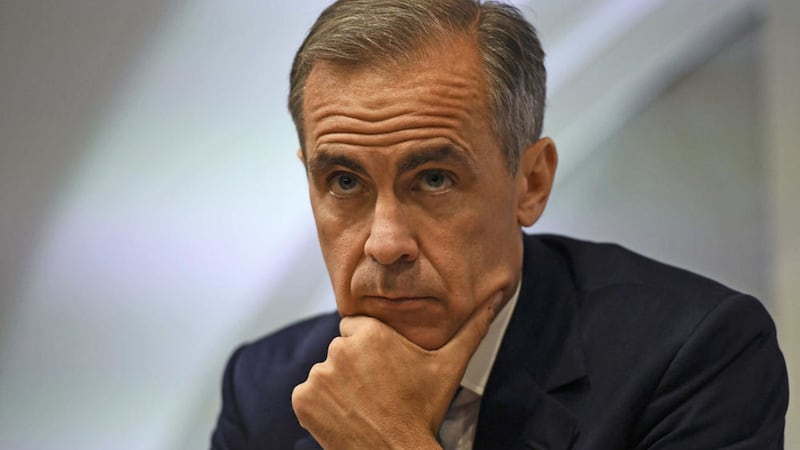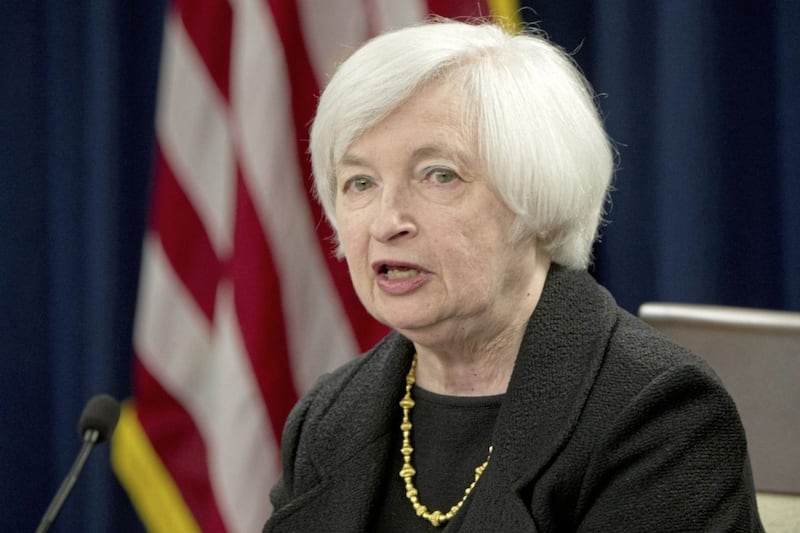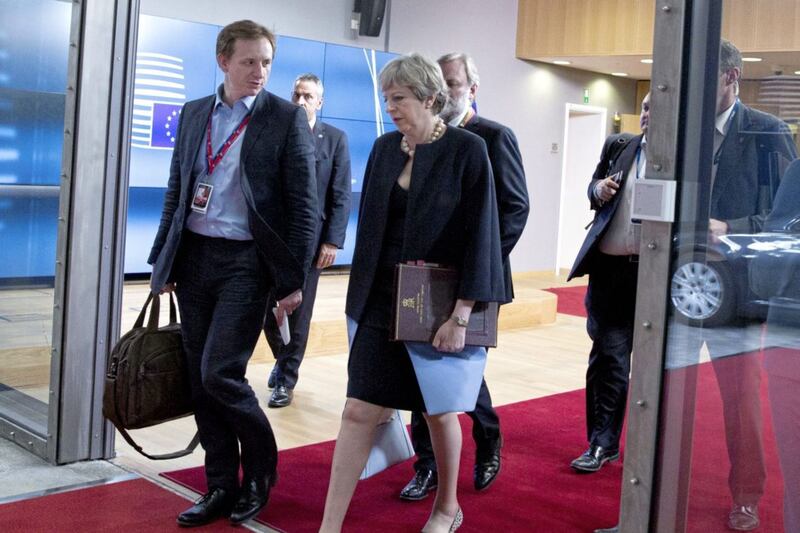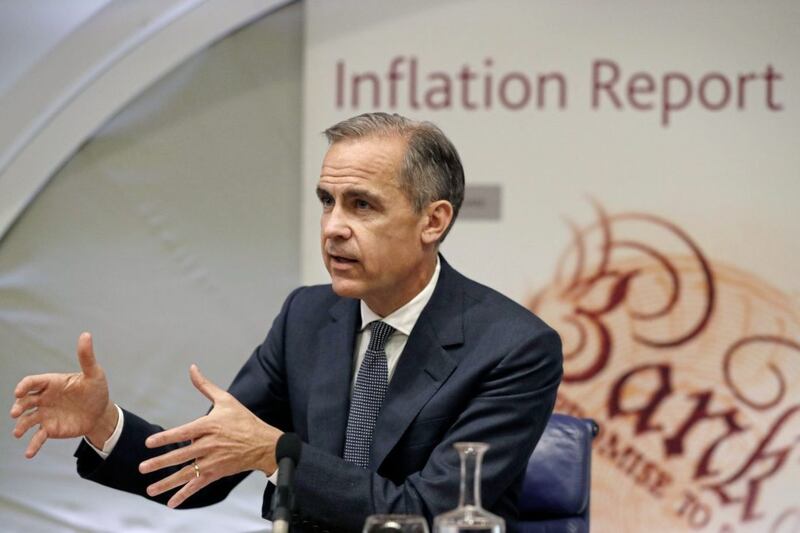THE past number of years have been characterised by a widespread loosening of monetary policy in many countries and a scaling back of rate hike expectations in economies where policy tightening had been expected to commence - and this pattern has continued in 2016.
The Bank of Japan stunned markets earlier in the year by unexpectedly cutting rates, moving them into negative territory. The ECB eased policy further at its March meeting, lowering the deposit rate by another 10bps to –0.4 per cent, while cutting the refi rate by 5bps to 0 per cent and expanding QE.
The Bank of China has also loosened policy further this year, with India, Australia, New Zealand and the UK also cutting rates. Meanwhile, expected tightening from the US Fed this year has yet to materialise.
The Bank of England announced significant policy easing measures at its August MPC meeting to help mitigate some of the expected negative effects on the UK economy of the vote for Brexit in the June referendum. It cut the rate by 25bps to 0.25 per cent and expanded its QE programme. It also indicated that it was likely to reduce rates again later this year.
This week its ‘Super Thursday’ in the UK, with the BoE policy meeting and the November Inflation Report (IR) and a press-conference from Governor Mark Carney.
The committee strongly suggested at the time of the August IR that we may see further policy easing before year end, if the incoming data were “broadly consistent” with the bank’s economic forecasts.
However, both GDP and inflation have surprised to the upside of the BoE’s forecasts, while sterling has weakened further. Markets have now moved to price out any further rate cut in the UK. Therefore, no policy changes are anticipated this week, though Governor Carney is likely to emphasise the MPC’s willingness to do more to support the economy if needed.
Data-wise, the UK October PMIs will be of interest. The three main indices (services, manufacturing and construction) have rebounded from their July’s Brexit related falls, pointing to moderate growth in the economy.
From an ECB perspective, the European Central Bank retains an easing bias and it continues to indicate that it would ease policy further if required. However, markets no longer expect the ECB to cut rates again, with inflation now on an upward trend and the economy continuing to grow at a moderate pace.
Markets, though, expect eurozone rates to remain very low for a long period of time with futures contracts suggesting that three month money rates will remain negative in the eurozone until the end of 2020. Markets are less sure about the future direction of QE. There has been some talk about tapering next year but the ECB seems more likely to extend the duration of the programme beyond the current end date of March 2017, while also possibly scaling back the size of the monthly purchases. The ECB will make a decision on the matter at the December meeting of the governing council.







